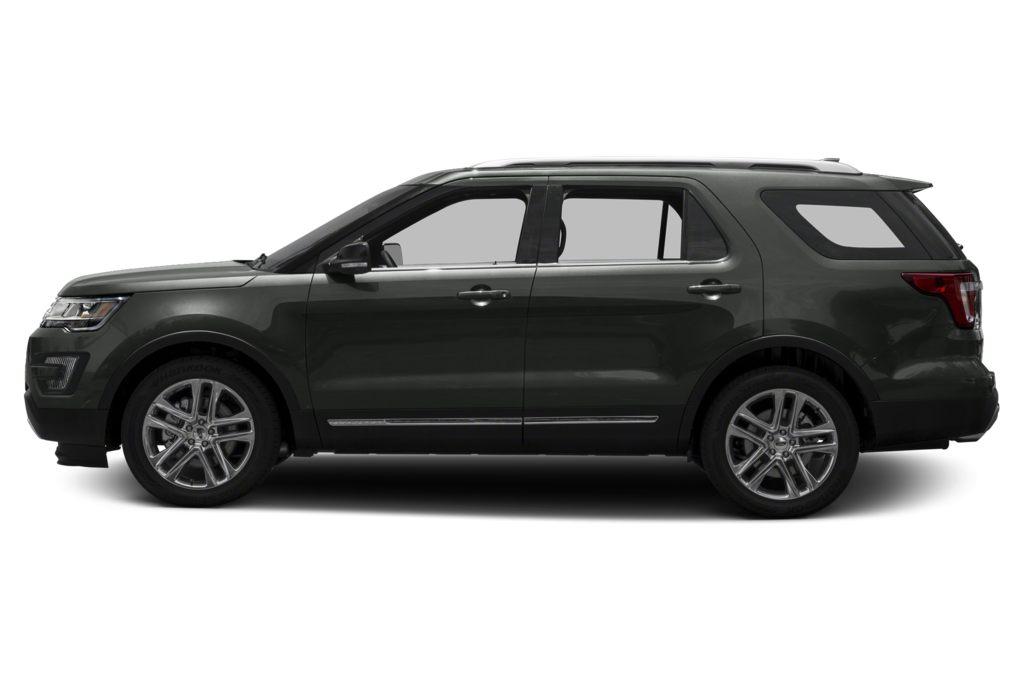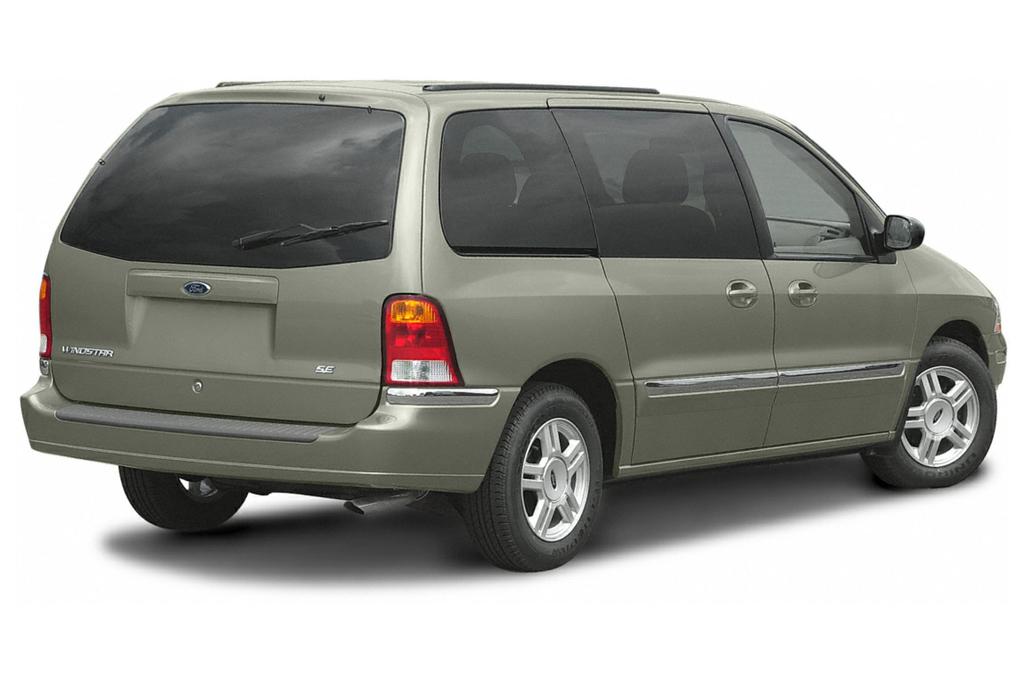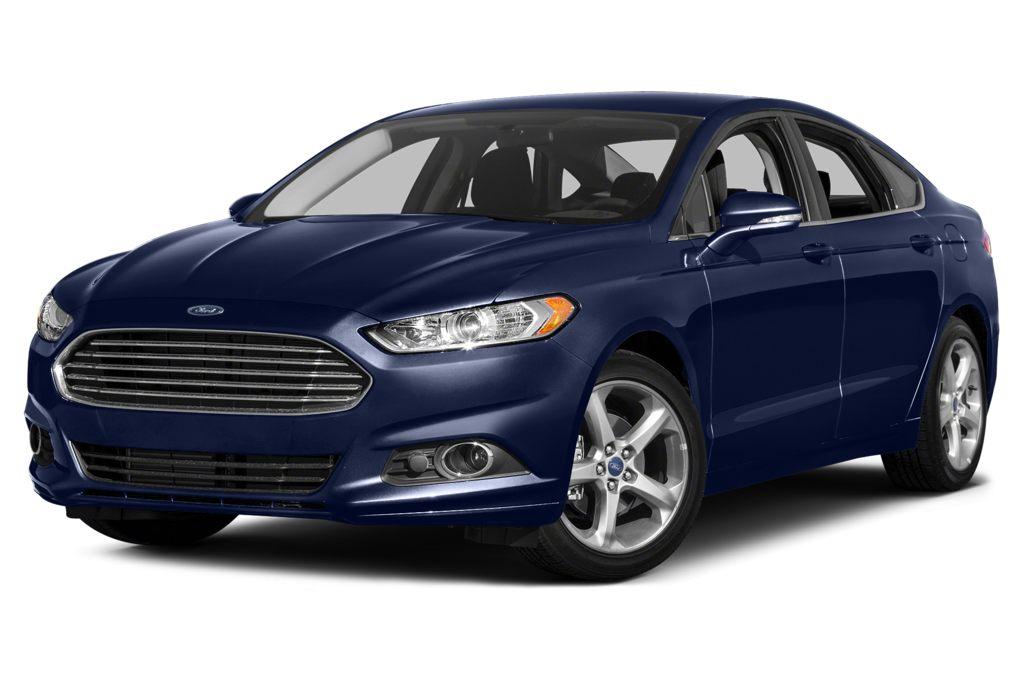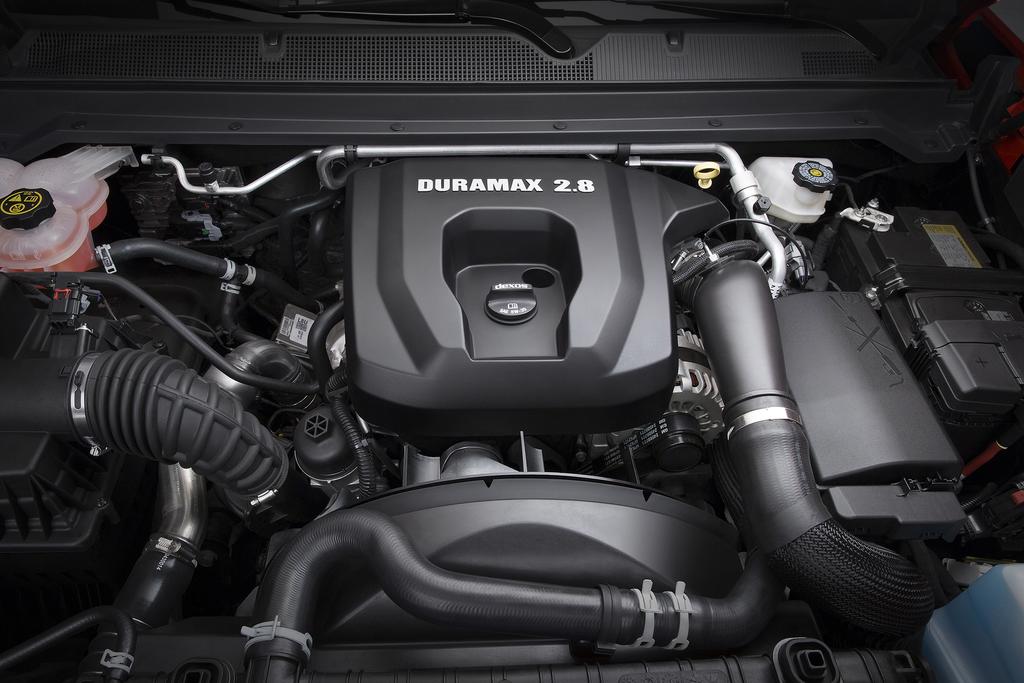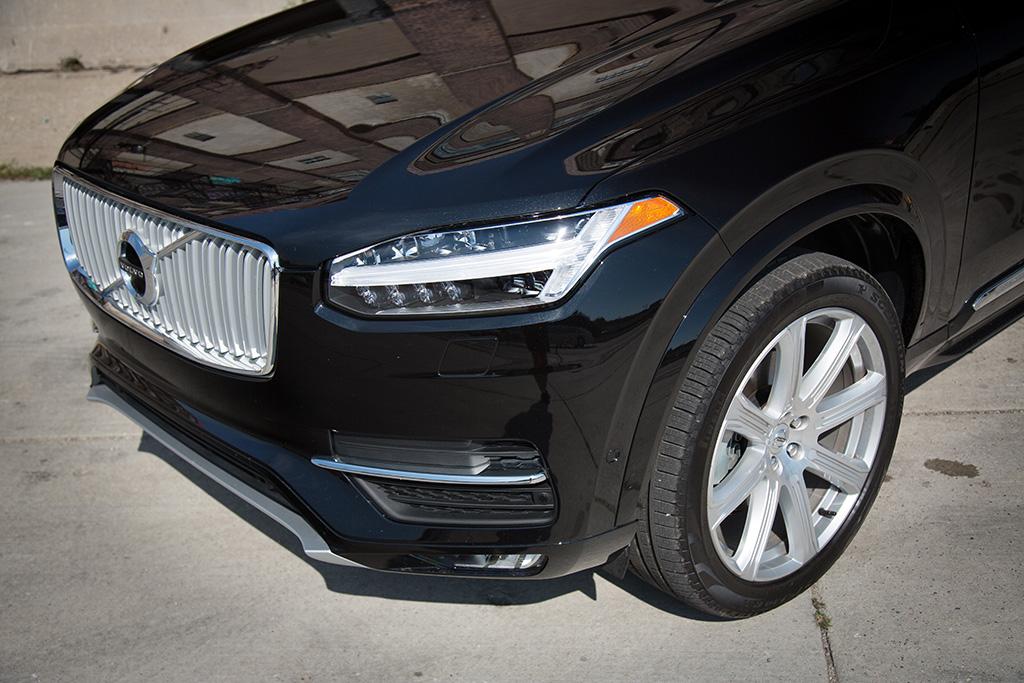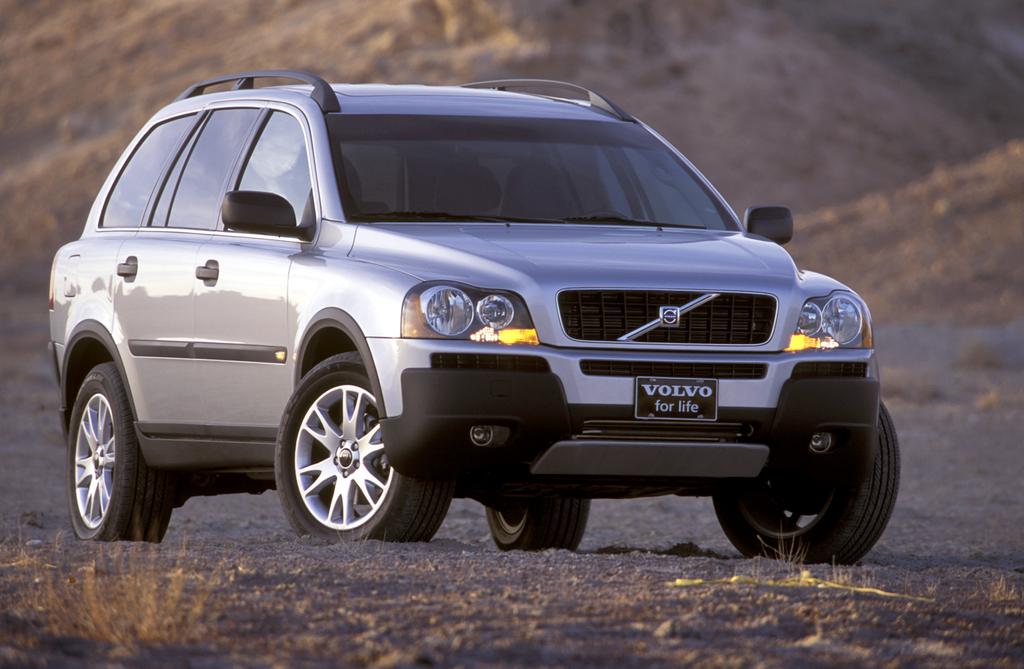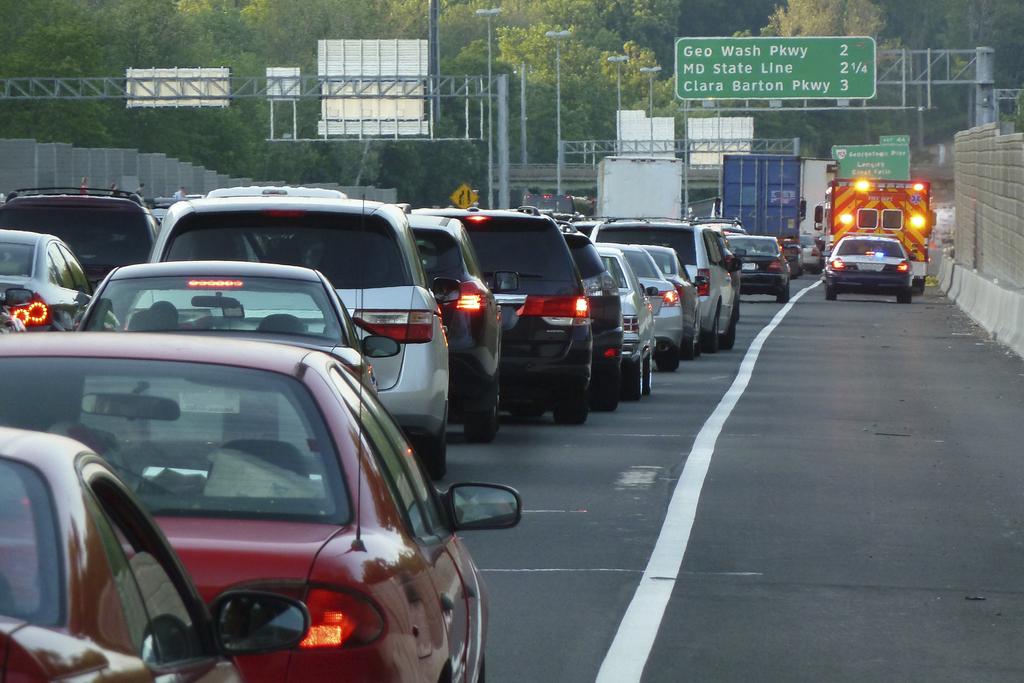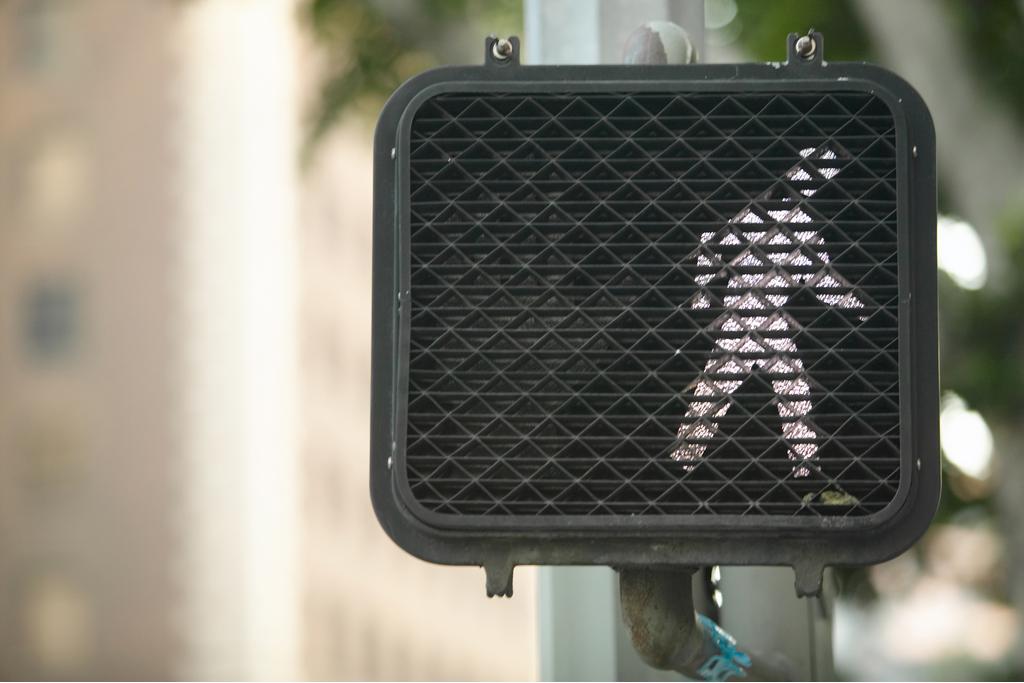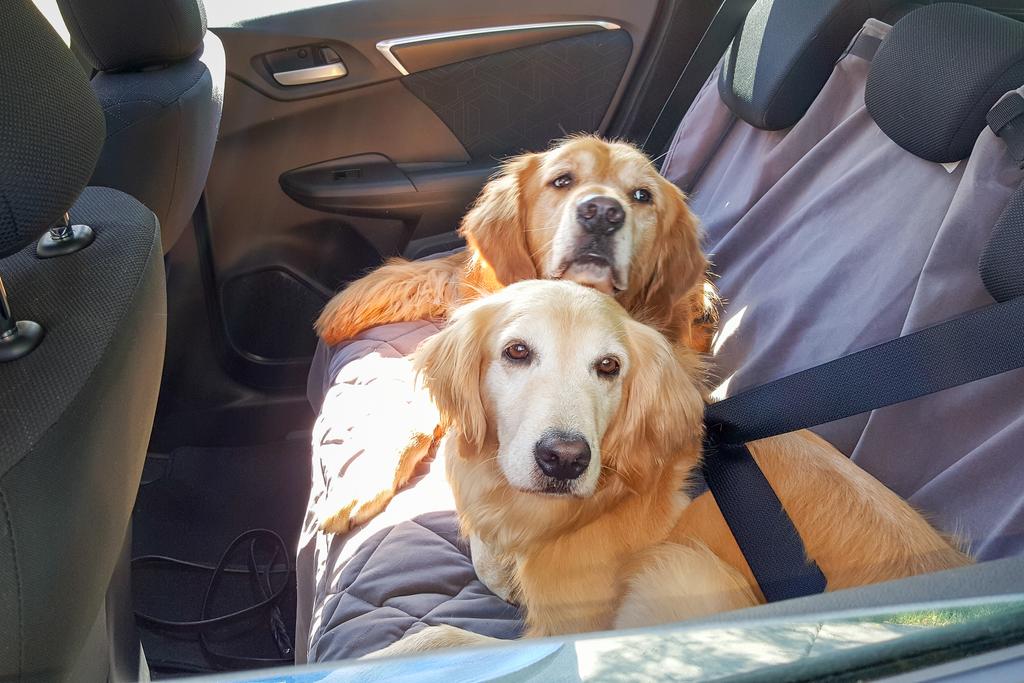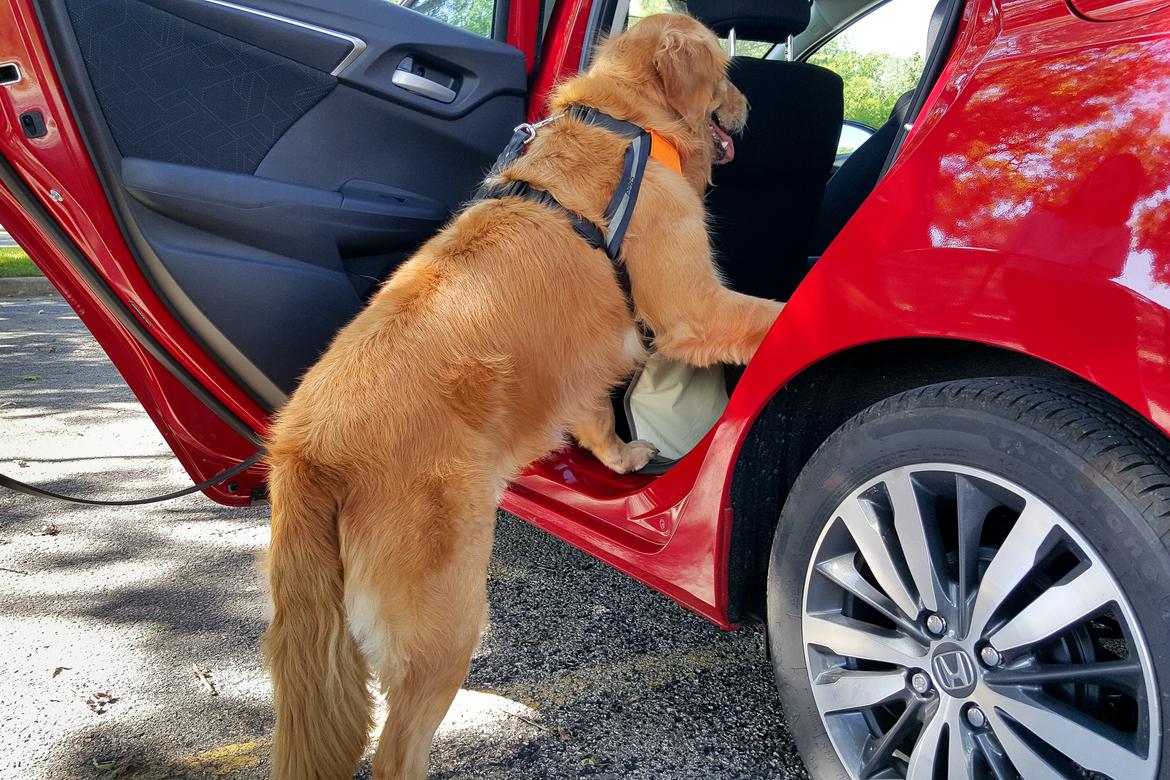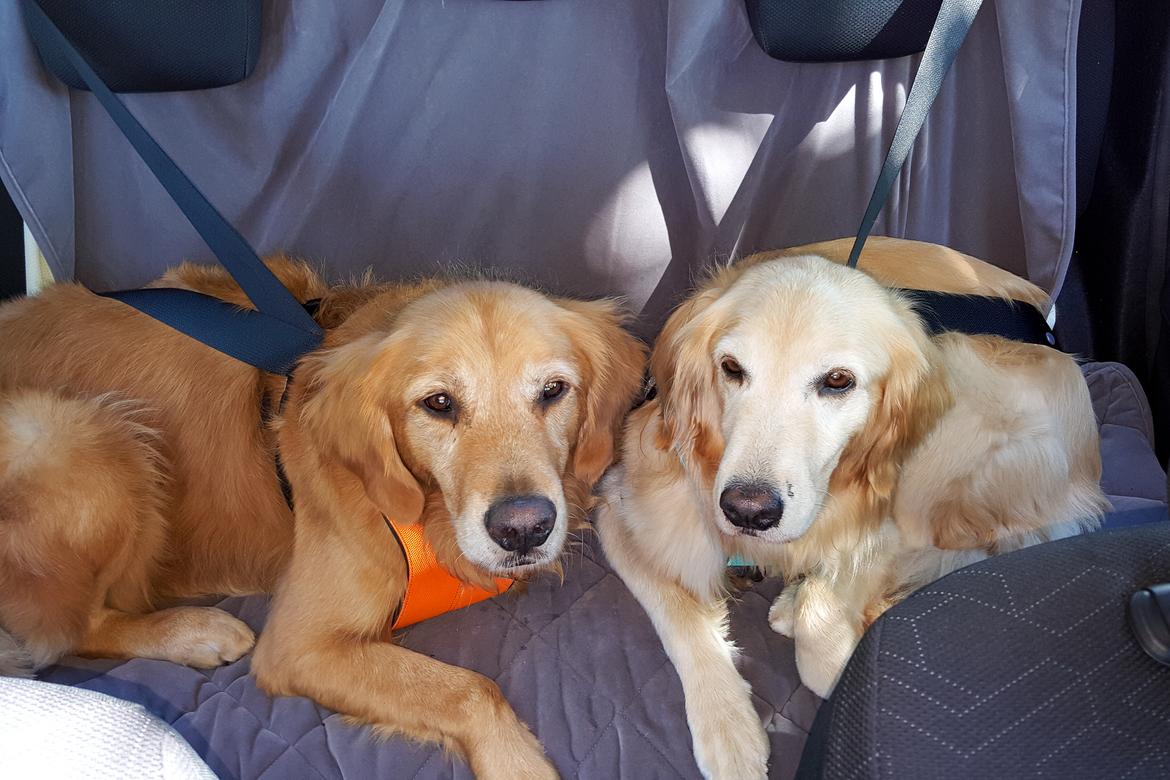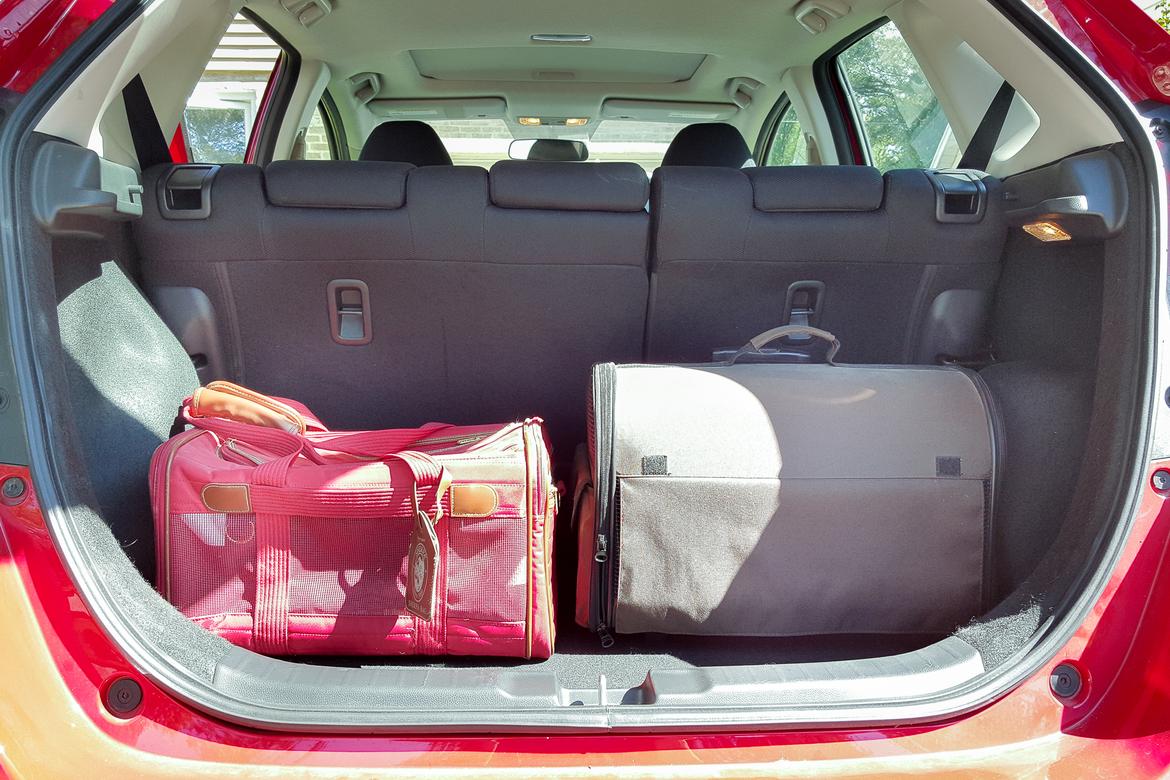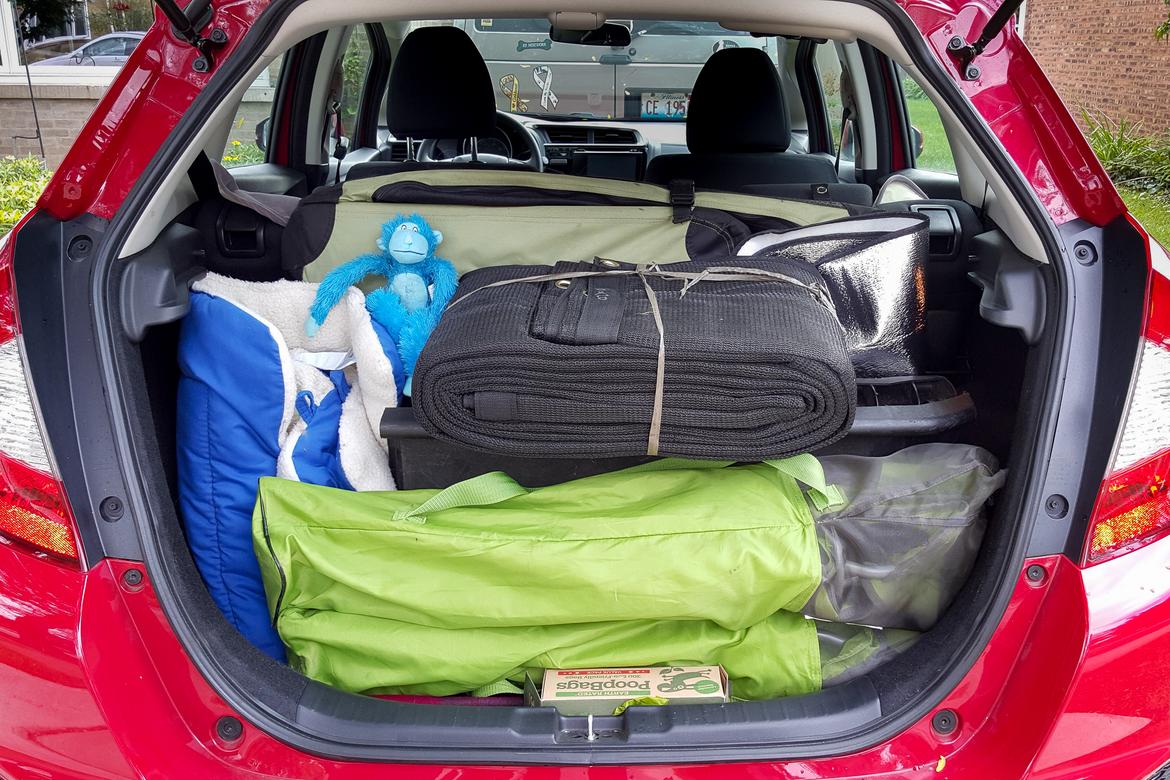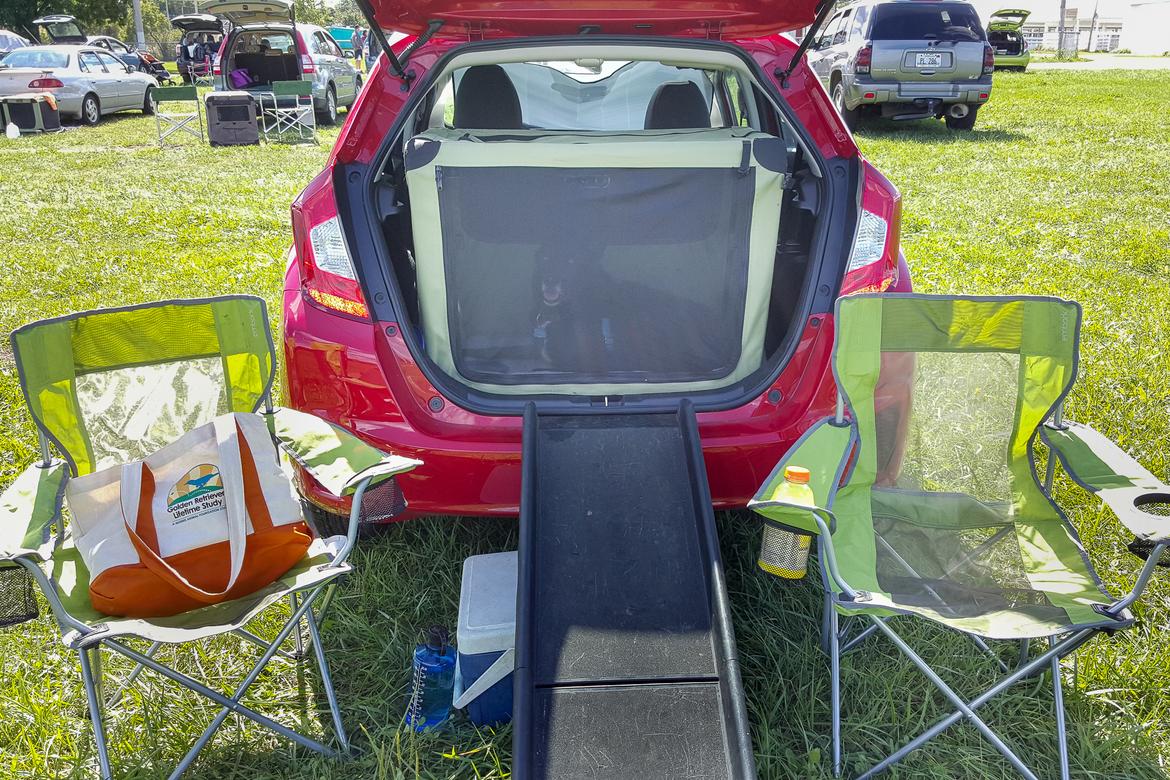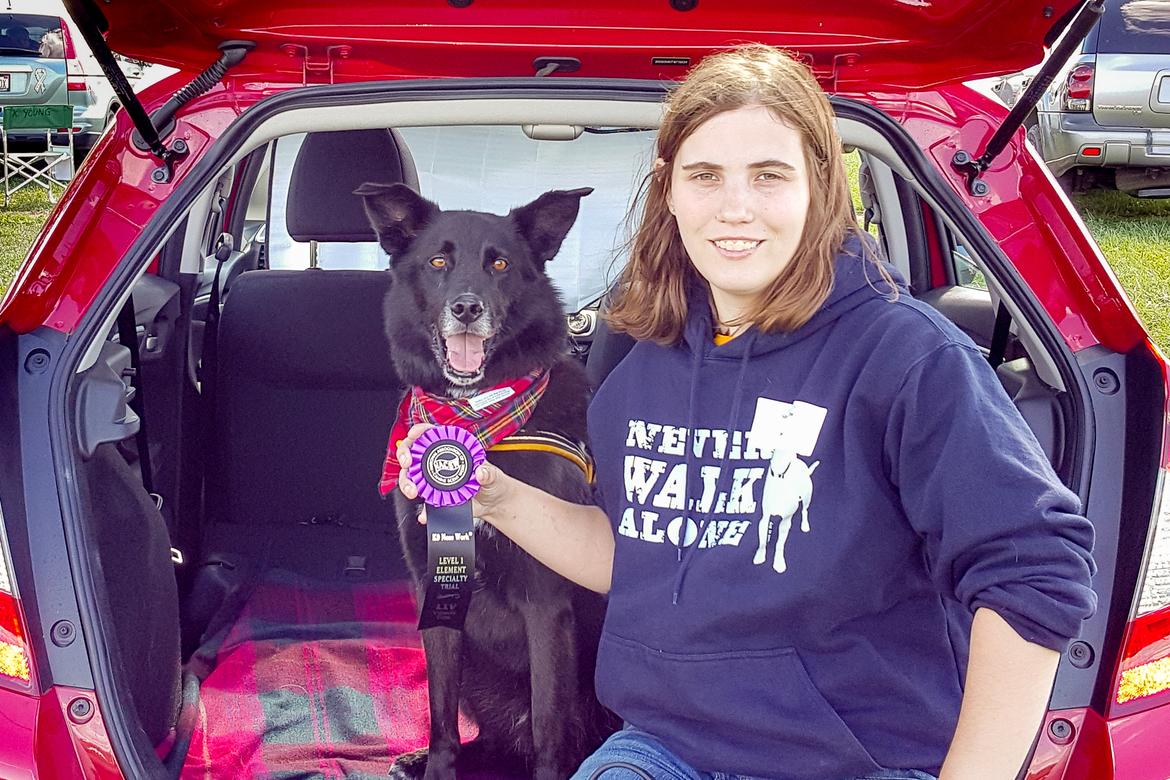
-
Ever wonder why even the latest and most sophisticated adaptive cruise-control system can’t adjust speed as smoothly or follow as closely as you can when you’re paying attention? One major reason is that adaptive cruise-control systems, as well as most other current electronic driver aids, can only see as far as the vehicles directly in front of you, behind you, or on either side. A competent driver, on the other hand, looks ahead and notices brake lights two, three, and even 10 cars ahead, and acts preemptively to ease the accelerator, in a way that smart cruise control can’t.
-
Technology promises to solve that problem and provide a similarly more expansive perspective on traffic. It’s called V2V, which stands for vehicle-to-vehicle communications, and it basically employs a small radio transmitter and receiver on each vehicle that broadcasts information about its location, speed, and direction to other vehicles within several hundred yards. Unlike current radar, lidar, camera, and other sensors, it can know what oncoming vehicles are doing—or even those around corners and out of sight. The idea is to use this information to help electronic safety systems work more smoothly and safely.
-

-
The hardware consists of an electronics package about as big as an Apple TV. This small box will house a radio transmitter and receiver, as well as a microcomputer. The radio operates in the 5.9-GHz band in a mode known as DSRC (Dedicated Short Range Communication systems). Essentially, they’re souped-up versions of the Wi-Fi systems we use with our computers, except that they’re optimized for moving vehicles with a range of up to half a mile. The systems are expected to cost around $300.
-
Each vehicle will have a designated ID and will be connected to an onboard GPS system that can locate the vehicle’s position within a foot or two. The V2V systems will track a vehicle’s position and broadcast it, along with speed, direction of travel, and vehicle size, at a rate of 10 times per second. At the same time, the V2V systems will be receiving this same data from the other V2V-equipped vehicles around it. This data is then sent to the onboard computers that control and operate the electronic safety systems.
-
It might seem that the V2V’s little computer would be overwhelmed by the task of tracking dozens of cars around it, but the system is smarter than that. “There’s a congestion algorithm that makes the system focus on the most important six or eight vehicles around you.” says Debra Bezzina, a senior program manager at the University of Michigan Transportation Research Institute. “The exact logic will be specific to each vehicle manufacturer.” Bezzina also explains that each manufacturer will determine how to use the data. “V2V is essentially an additional sensor that has a larger perspective than existing sensors.”
-
With very real concerns about electronic hacking and governmental or private tracking, security is a major priority of the V2V system. “The vehicle ID, along with the radio’s MAC address and the system’s security certificate will be changed every five minutes,” according to Jim Misener, the director of technical standards at Qualcomm Technologies, who is working with the Society of Automotive Engineers and an industry committee to develop the industry for V2V. “The system starts with 20 security certificates which are recycled over time and periodically renewed.”
-

-
“The vehicle IDs simply mark a vehicle as it is tracked by the V2V systems,” says Bezzina. “They are constantly changing and are not linked to the vehicle’s VIN or registration. And the information is not retained. There’s no reason to store data older than a few seconds.” Misener says explicitly, “The idea is to prevent trackability.”
-
Safety, of course, is the motivation for this technology. The reality is that the overwhelming majority of crashes are driver error of some sort—typically inattention, a failure to look around, or simply bad judgement. But as we are unlikely to embark on a national driver-training program, the hope is that electronic aids, with the help of V2V, will reduce such accidents. “NHTSA [the National Highway Traffic Safety Administration] has said that 81 percent of multi-vehicle accidents could be addressed by V2V,” says Bezzina.
-
A perfect example would be the ability to warn a driver proceeding towards an intersection with a green light that a car approaching on the intersecting road looks like it’s going to run the red light. None of the current safety aids would offer any help in avoiding such a dangerous T-bone crash. “V2V can also warn you about oncoming traffic you might not have noticed when you signal that’s you’re making a left turn,” says Bezzina.
-
The warnings provided by the system would be determined by each vehicle manufacturer, just as they are today. They would include audible or verbal warnings, various lights or visual warnings in the instrument cluster or projected on the windshield, or vibration of the steering wheel or seat.
-
NHTSA has been encouraging the development of V2V for years, but has yet to impose a mandate for its introduction. That’s expected in 2016, and the experts are guessing that NHTSA will require a gradual introduction of V2V devices beginning in the 2020 time frame.
-
There also will be aftermarket versions of V2V, although they might have less performance. “Without a GPS antenna on the roof, it’s hard to get the half-meter accuracy that V2V needs,” says Misener. And Bezzina says that aftermarket version might only transmit data without receiving any. But if drivers perceive value in the systems, they could become as common as the aftermarket nav systems stuck to so many windshields.
-
-
-
-
At some point, V2V will be followed by the introduction of V2I, which stands for vehicle-to-infrastructure communications. This will use the same hardware and communications standards to allow vehicles to communicate with smart traffic signals, roadway sensors to signal slippery conditions or heavy traffic, pedestrians in intersections, and more.
-
Originally, V2I was intended to be introduced simultaneously with V2V, but NHTSA lacks the authority to force state, federal, and urban highway departments to do much of anything. But once V2V achieves some penetration in the national fleet, the pressure will develop to bring along the infrastructure portion. After all, who wouldn’t like to drive home on a lightly trafficked night and encounter nothing but green lights?
-

